Audio Archaeology, 1960s-1971: The Steely Dan & Becker/Fagen Songwriting Team Origin Story
Producer Richard Perry, leaning Barbra Streisand into a decidedly rock arena, discovers a song by a new duo that'll fit perfectly on an LP with songs by fellow rockers Carole King & John Lennon!
Streisand Sings Steely Dan: When Barb Met the Duo From Bard
This is the story of how a mainstream belter came to record a song in 1971 by two fledgling (and quite unlikely) songwriters in their early 20s, a year before they began their own multi-decade, Award-winning rocket to rock and hit stardom as Steely Dan.
To watch their career lift off the ground, an eye-opening music-making journey takes us from Elvis-era ‘50s to ‘60s pop chart-toppers, from a future film comedian to a young, unknown singer whose promising career debut is tangled up in legalities for over half-a-century, as she is forced to sit by and watch a legend take off with what should have been “her song.” We start here, with the superstar.
In 1967, Barbra Streisand was already eight albums into her singing career with Columbia Records when the label actually released two Babs albums in October of that year: Simply Streisand and A Christmas Album, the first of many Streisand holiday vinyls the label would see fit to release in the ensuing decades.
Confident they’d both meet with eager buyers, it’s still astounding to contemplate the dual release by a label of any artist!
As it happens, though, Simply was Streisand’s first LP that failed to chart in the Top 10 of the Billboard 200 Albums when it peaked at the lowly-for-her #12. The album, nevertheless, sold a quarter-of-a-million units in its first week in stores.
This Hugh Martin/Ralph Blane standard, “The Boy Next Door,” made its 1944 debut with Judy Garland in her Meet Me in St. Louis film musical.
Streisand was seen, early on, as the new belter-of-standards, as Judy passed that mantle to the 25-year-old Brooklynite. Judy would be gone two years later. Two years before, in December 1965, I saw Judy (with The Supremes opening) in concert at The Astrodome:
Conversely, A Christmas Album is one of Streisand’s best-selling albums, and is ranked as one of the best-selling Christmas albums of all time. A year-end conference-table confab at CBS Records (aka “Black Rock”) in NYC, though, might have yielded the observation that dueling artist releases might chew into corporate profits over time, at least where La Streisand is concerned.
In other words, release Simply in July, have it do what it’ll do (likely Top 10), then be all about A Christmas Album come autumn. Fifth floor Sales and Promotion will thank you, and both albums’ sales can be maximized with fewer perceived choices to be made by consumers.
The Road From Barb to Bard
That same year, 1967 (while Babs was perusing charts for two albums), fledgling New York-based songwriters Walter Becker (17) and 19-year-old Donald Fagen, met at The Red Balloon coffee house while attending Bard College.
In an interview, Fagen once recounted the experience of walking by the café, and hearing Becker play his bluesy electric guitar: “I hear this guy practicing, and it sounded very professional and contemporary. It sounded like, you know, like a black person, really.”
The two cobbled together several ragtag bands with names like Leather Canary (featuring Bard mate and eventual SNL comic actor and drummer-with-perfect-pitch, Chevy Chase), the Don Fagen Jazz Trio, and the Bad Rock Band.
In fact, Chase managed to land with a Boston psychedelic rock band, Chamaeleon Church, who recorded one album for MGM Records in 1968, playing drums and keyboards (Alan Lorber produced, arranged, and orchestrated). That’s Chevy (and you’re not), second from the right, on the back cover of the self-titled album, above.
In the song above, “Blueberry Pie” (written by guitarist, Ted Myers, formerly of Boston’s mid-’60s The Lost, with Willie “Loco” Alexander, who recorded two late-’70s albums for MCA with his “new wavey” Boom Boom Band), Chase can be heard singing background vocals, with lyrics including, “I’ve been to the zoo, and Max’s Kansas City, too,” as Myers name-drops the legendary Manhattan rock club that opened in 1965.
Buffalo native, Terence Boylan, another Bard musician (shown above), formed a band with his older brother, John, called The Ginger Men, and frequented the stage at Greenwich Village’s Night Owl Café, by this time (1966-67) a regular haunt for the likes of James Taylor and His Flying Machine, the Lovin’ Spoonful, and Richie Havens.
Terence remembered that Fagen (picured above in 1967) took to the beatnik life rather easily while attending college: “They never came out of their room, they stayed up all night. They looked like ghosts—black turtlenecks and skin so white that it looked like yogurt. Absolutely no activity, chain-smoking Lucky Strikes and dope.”
John Boylan and brother, Terence, recorded an album, Playback, in 1967 for Verve Records under the name, the Appletree Theatre. John Boylan, a Bard grad who majored in Theatre Arts, ended up moving to L.A., and, while hanging around West Hollywood’s Troubadour circa 1970, was instrumental in gathering together the musicians who filled out Linda Ronstadt’s stage band, in much the same way he assembled Rick Nelson’s Stone Canyon Band in the late ‘60s.
Linda’s back-up band famously became The Eagles, and signed with David Geffen’s management firm, as well as his new Asylum Records.
John Boylan also became the producer for Boston’s Epic Records 1976 debut album, helping shield Tom Scholz (who sonically created the album) from the Epic suits who ordered him to “record the album in a proper studio with a proper producer.” That story here:
The Ole “It’s Who You Know….”
While banging around in a number of clubs with a variety of bands, Walter Becker and Donald Fagen were feverishly writing songs. One day, they dared venture into the vaunted Tin Pan Alley tune factory, midtown Manhattan’s Brill Building, to sell their collected songs, and ended up knocking on the door of another Brooklynite, Kenny Vance, who had a production office therein.
Well familiar with the song-pitching life, Vance had started his first group, The Harbor Lites, at age 15, in 1958.
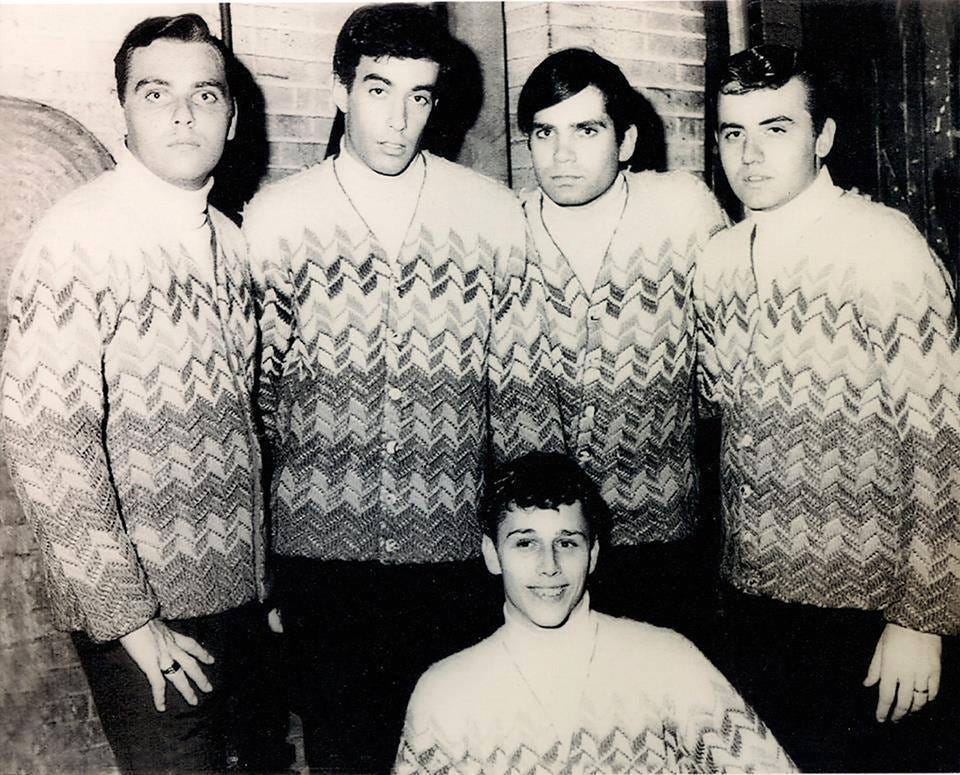
Vance then formed another group, Jay and the Americans (above), and auditioned for early rock hitmakers, Drifters and Coasters producers, Jerry Leiber and Mike Stoller. The two signed Jay and the Americans to United Artists Records, where they had their first hit in 1962, with “She Cried.”
This is where we also first pick up the scent of eventual long-time Dan producer, Gary Katz, another Brooklyn native. Katz managed to spend some time in the studio with the two writers of “Hound Dog” and “Yakety Yak,” and watching Leiber and Stoller do their thing is how Katz decided he liked producing.
After a couple years working at Avco Embassy Records ended in 1967 (with the label folding), a friend in L.A. who was working for Dunhill Records (an ABC Records affiliate) suggested Katz write a letter to label head (and 1964 Dunhill co-founder with record and film producer, Lou Adler, TV and Broadway producer, Pierre Cossette, and record exec and manager, Bobby Roberts), Jay Lasker, to ask for a job. The letter amused Lasker, and he hired Gary.
Katz ended up working with The Mamas & the Papas, Steppenwolf, and Three Dog Night. Katz also gained experience in ABC/Dunhill’s A&R department, and was key in signing Jim Croce, Chaka Khan, Rufus, and Jimmy Buffett to the label.
Meanwhile, Kenny Vance liked what he heard from Becker and Fagen in 1969, and offered to manage and produce them. The duo ended up arranging horn and string sections for Jay and the Americans recordings, and toured with them as bassist (Becker), with Fagen on electric organ.
With subversive cheekiness intact (and Fagen’s soon-to-be-acknowledged stage fright), Becker performed with the Americans under the Gus Mahler pseudonym, while Fagen appropriated Tristan Fabriani as his stage moniker.
She Meant to Shine: Dashed Dreams For One, Superstardom For the Other
In 1970, Gary Katz produced an album by Linda Hoover, I Mean to Shine, featuring Fagen, Becker, and Jeff “Skunk” Baxter as players, and including five Becker/Fagen songs (the title track, “Turn My Friend Away,” “Jones,” “Roaring of the Lamb,” and “Roll Back the Meaning”).
The album was shelved over songwriting licensing issues, but was finally released an astonishing 52 years later, in 2022! This unbelievable shelving of Hoover’s album, recorded in 1970, led the title to soon be discovered by another female singer…but, as Broadway, radio, record sales, and movie tickets would soon attest, not just any female singer.
After creating a wonderful record, album cover photos were taken, and then it all fell apart.
Linda’s incredible story told on the (re-issue label) Omnivore website: “In the summer of 1970, Linda Hoover, then 19, entered Manhattan’s Advantage Sound Studio to cut her first album with Gary Katz, Walter Becker and Donald Fagen leading a team that also included guitarists (and future Steely Dan members) Denny Dias & Jeff ‘Skunk’ Baxter, and acoustic guitarist, Eric Weissberg, saxophonist Jerome Richardson, plus members of the Dick Cavett Orchestra [The late-night Dick Cavett Show taped at ABC-TV Studios in NYC from late 1969 through 1974].
“I Mean To Shine includes three original compositions by Linda alongside The Band’s (Richard Manuel) ‘In A Station’ (from Music From Big Pink) and Stephen Stills’ ‘4+20’ (which appeared on CSN&Y’s Déjà Vu). Almost half of the album was penned by the pre-Steely Dan songwriting duo of Becker and Fagen, including what would become the album’s title track. After creating a wonderful record, album cover photos were taken, and then it all fell apart.
“The release was shelved over a business disagreement, and if that wasn’t heartbreaking enough, Hoover learned that Barbra Streisand also recorded “I Mean To Shine” (which would appear on her album Barbra Joan Streisand).
“Streisand’s album went gold. Hoover continued to pursue musical opportunities in New York, but with her creative team gone and no record release to show for their collective efforts, she wound up returning to her parents’ house in Florida. However, she did take a tape copy of her album home with her.”
Without $, You Can’t Even Rent a Thrill
Meanwhile, Kenny Vance produced the 1971 soundtrack album for the movie, You Gotta Walk It Like You Talk It or You’ll Lose That Beat for Becker and Fagen, who had relocated to L.A. from the east coast, months before. This low-budget film starred Richard Pryor and Robert Downey, Sr.
Becker and Fagen wrote all eight songs for the soundtrack. Becker played bass and guitar, and Fagen played keys and sang. Denny Dias (as he did for Steely Dan in studio, onstage, and later in the duo’s sessions) played guitar. As Becker later told Metal Leg, in 1987, bluntly, of the movie and their involvement, “We did it for the money.”
Vance continued to work with Becker & Fagen in ‘71, when he brought “I Mean to Shine” to producer and friend, Richard Perry, producing his second rock-leaning Streisand album in 18 months after the Top Ten Stoney End, released in February 1971.
Perry played the song for Barbra, who agreed to record it for her Barbra Joan Streisand album in April and May of that year. The album was released in August.
From Anonymous Song Staffers to Steely Dan
Becker and Fagen (l-r, above) were hired, at one point, as staff songwriters at ABC/Dunhill Records. Realizing that their songs were far too complex for other ABC artists, Gary Katz suggested that Becker and Fagen form their own band with guitarists Denny Dias and Jeff "Skunk" Baxter, drummer Jim Hodder and singer David Palmer.
Katz, using his proximity as the label’s new A&R star (and staff producer), signed them to ABC as recording artists. Can’t Buy a Thrill was released in November 1972.
Katz would produce all their 1970s albums in collaboration with engineer Roger Nichols (not to be confused with the identically-named songwriting collaborator with Paul Williams). This Nichols would win six Grammy Awards for his work with Steely Dan from the 1970s to 2001.
“Dallas” All But Disappears
In 1972, ABC issued Steely Dan’s first single, “Dallas” (above, which was not included on their debut Can’t Buy a Thrill album, but was included on the 1978 Japan-only compilation, Steely Dan, with drummer, Jim Hodder, on lead vocals). The single’s B-side was “Sail the Waterway” (producer, “Gary Kannon,” was a pseudonym used by Katz until 1972; plus, notice “ACB” typo just below logo at top of label):
Distribution of “stock” copies available to record stores was apparently extremely limited, for some reason. The single sold so poorly (with such a precious few available at retail) that white-label promotional copies are much more readily available than stock copies in today’s secondary record market:
As of 2015, “Dallas” and “Sail the Waterway” are the only officially released Steely Dan tracks that have not been reissued on cassette or compact disc. In a 1995 interview with CompuServe, Becker and Fagen called the songs “stinko.” “Dallas” was covered, nevertheless, in 1975, by Poco on their Head Over Heels album:
Some Wrap-Up Notes
In Steely Dan FAQ: All That’s Left to Know About This Elusive Band, Anthony Robustelli wrote, “For all intents and purposes, Kenny Vance should be credited as the man who discovered the core of Steely Dan.”
In 1985, Donald Fagen received an honorary doctorate from Bard College: “Well, you know, I’m not one to hold a grudge,” he told Entertainment Weekly at the time.
In 1993 Fagen married songwriter/recording artist, Libby Titus, who had an album released on Columbia in 1977. Although the two attended Bard College at around the same time, they did not become friends until 1987 when they were backstage at a Dr. John concert.
Libby, among other things, co-wrote, with Eric Kaz, the wonderful “Love Has No Pride,” which has been covered by many, including Linda Ronstadt and Bonnie Raitt. Libby, from her 1977 self-titled album:
Donald Fagen awards and inductions:
1985: Honorary Doctor of Arts, Bard College
2001: Honorary Doctor of Music, Berklee College of Music
2001: Steely Dan inducted into the Rock and Roll Hall of Fame
2010: Jazz Wall of Fame, American Society of Composers, Authors and Publishers
Walter Becker died on September 3, 2017, at the age of 67. In a statement released by Variety the day of Becker’s death, Fagen recalled his long-time friend and musical partner as “smart as a whip, an excellent guitarist and a great songwriter,” and closed by stating that he intended to “keep the music we created together alive as long as I can with the Steely Dan band.”

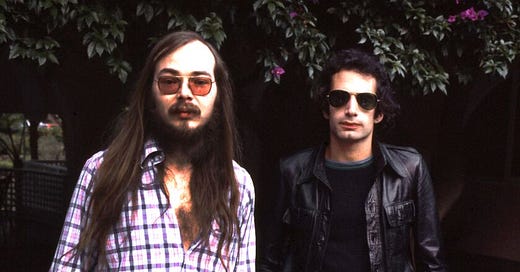


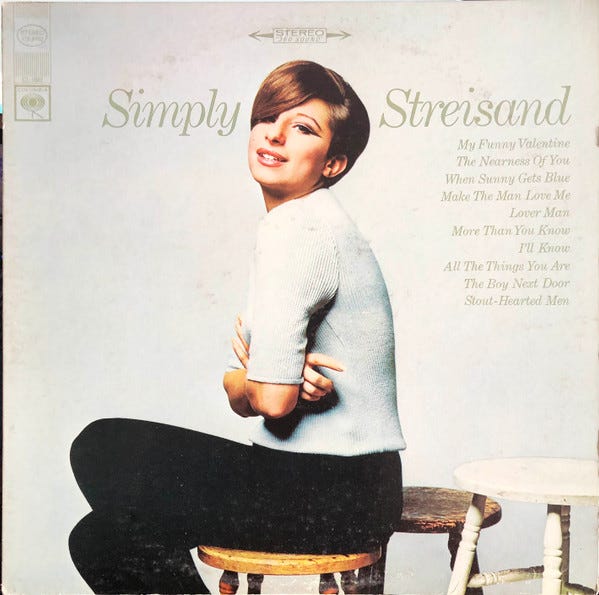

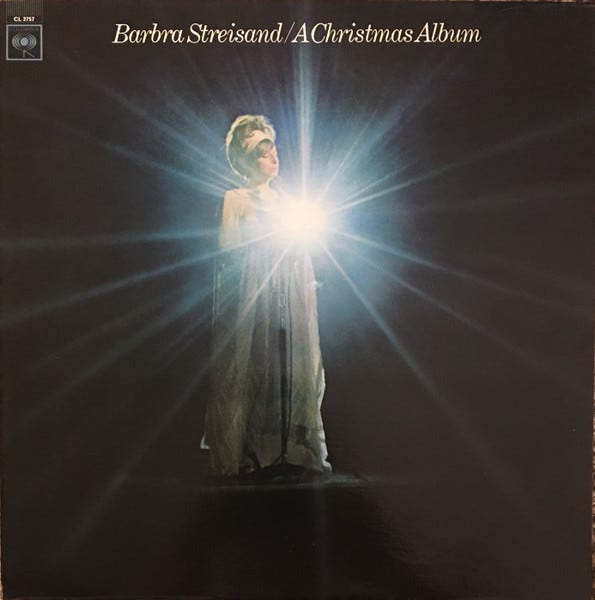

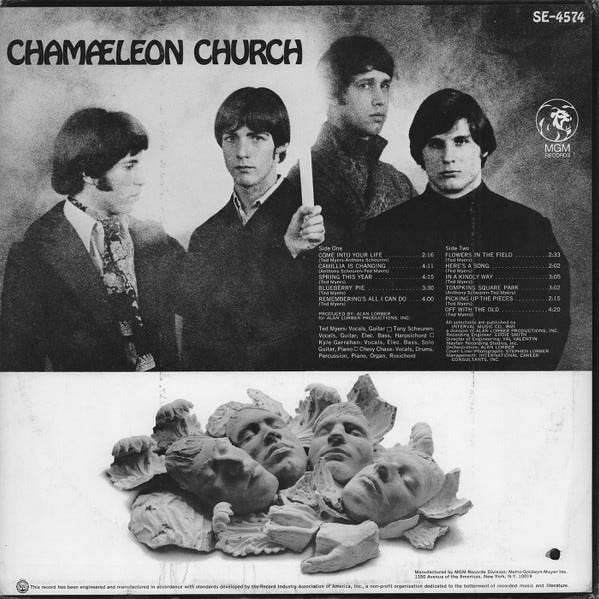
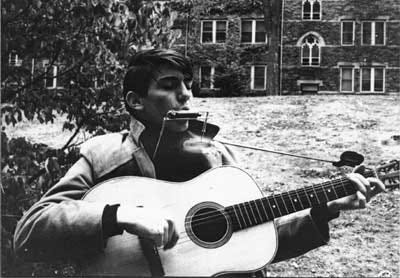
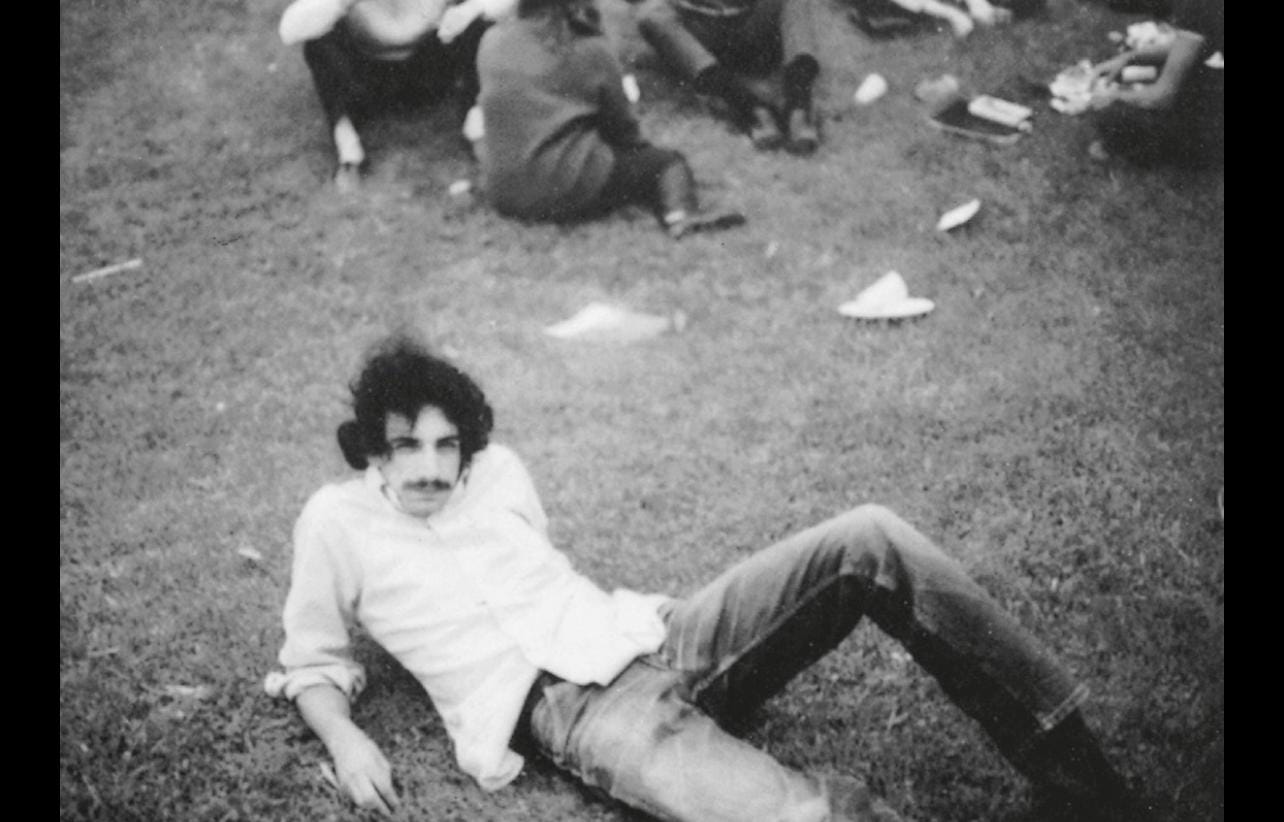

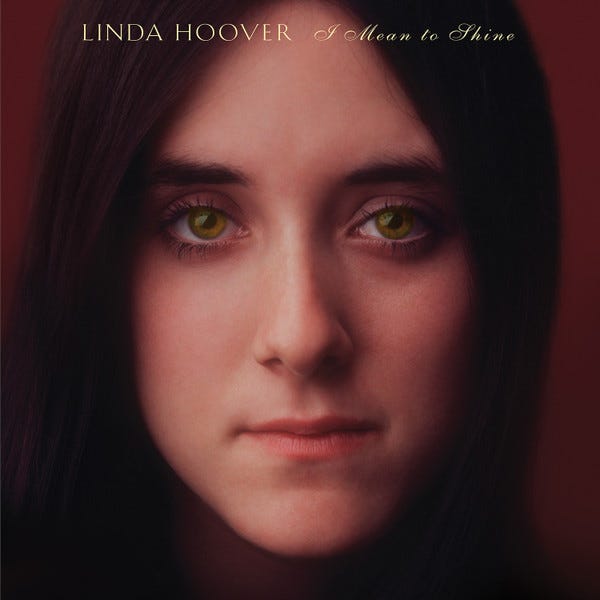
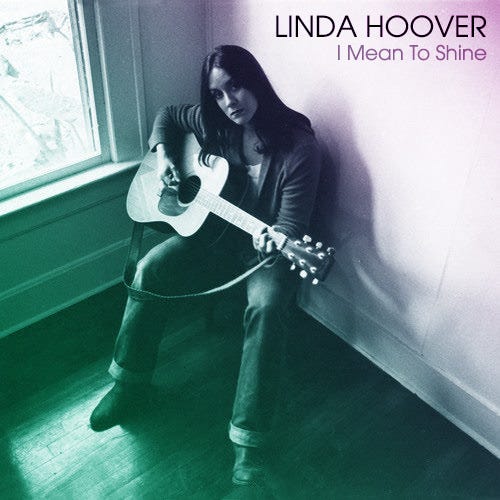
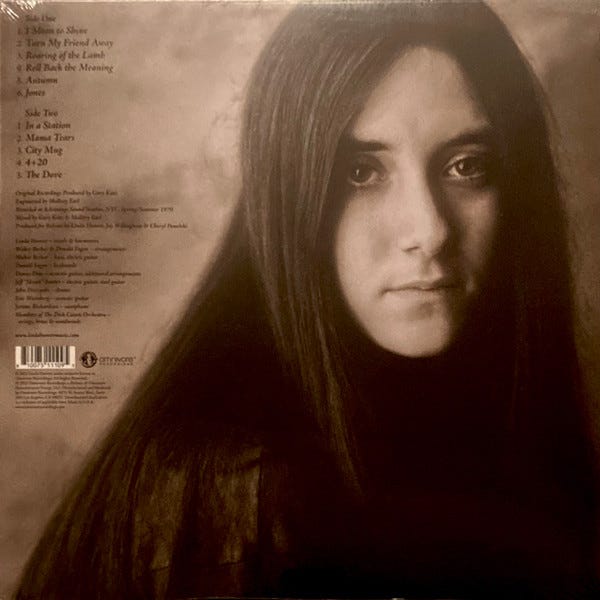

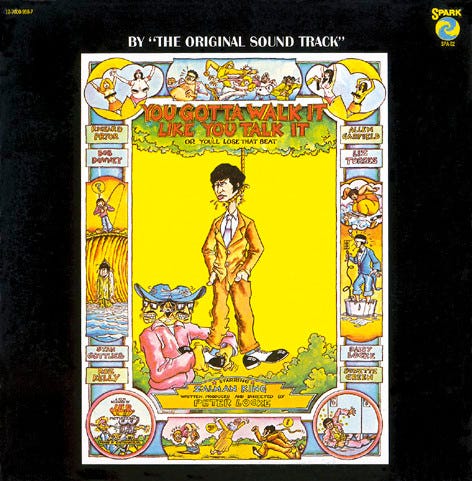

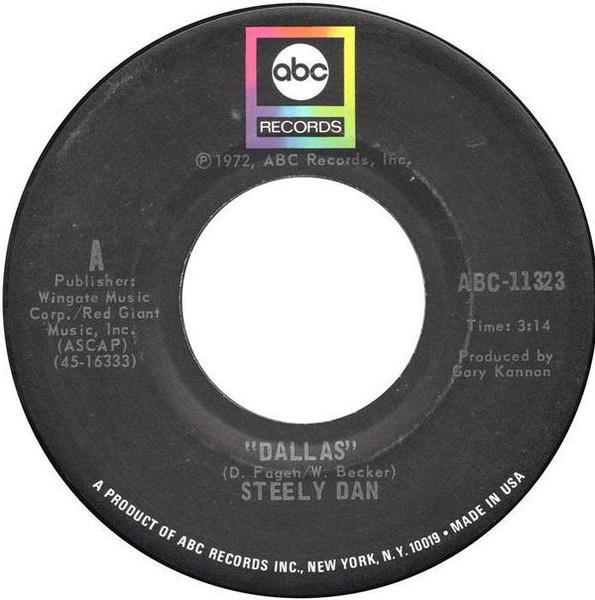
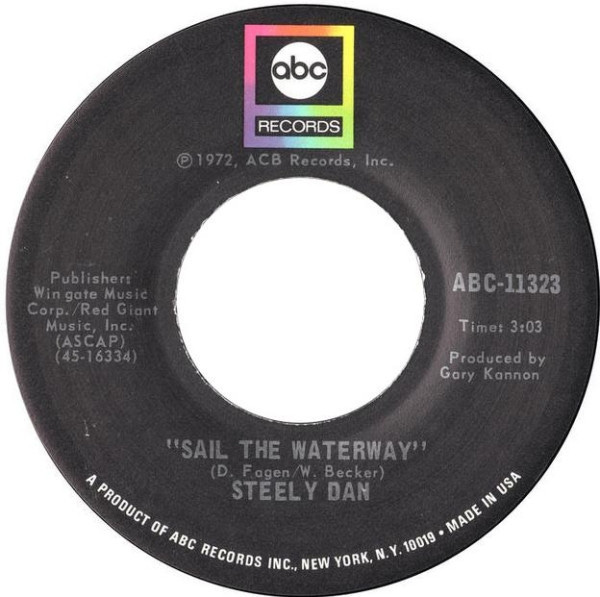
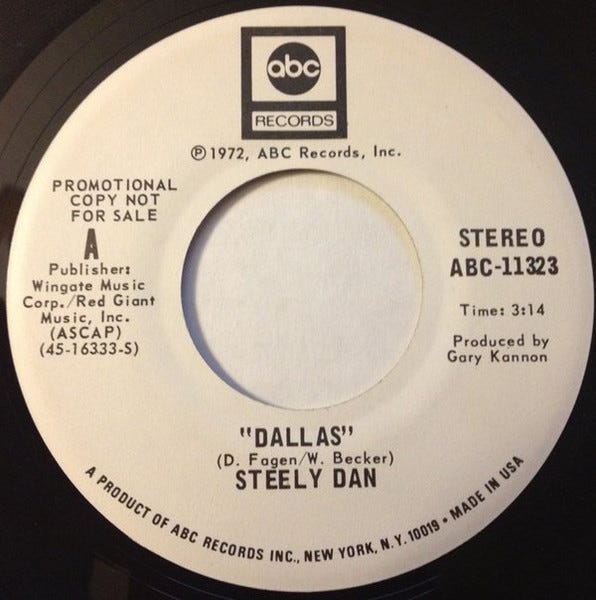
Your pieces are like an endlessly growing family tree map, with the branches shooting off in all directions. Or more accurately, an orchard of family trees, and each newsletter is a branch offering tasty fruit to be picked. As a big fan of everyone you mention in this branchy piece, I still learned around 27 different new things about them I had no idea of prior. Babs does Steely Dan? I have that Babs album and didn't know that!!!
And I especially did not know about Linda Hoover -- the irony (and sadness) of an album titled "I Mean To Shine" taking more than 50 years to be released is thick. What a lovely song that is. I need to listen to the whole album.
Great work, as always.
Man this was a wild story! Loved reading about the origins of Steely Dan and learned a heck of a lot about them today. Thanks for bringing this one to my attention!